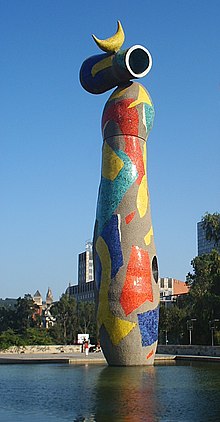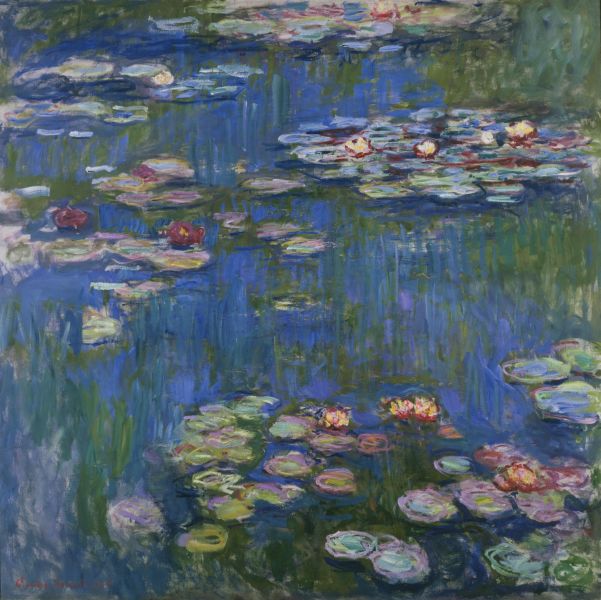Meet Frida Kahlo, born July 6th, 1907 in Coyoacán, Mexico. This Mexican artist is well known for her surrealist paintings, but most especially for her self-portraits. Plagued by troubles throughout her life, she still managed to paint 143 paintings of which 55 of those were self-portraits. As she was often bed-ridden, she was
"...the subject I know best",
hence finding herself so often among her portrayals. What was it about her life that led to her inward eye though? Let's take a look...
 |
| Self Portrait -1926 |
Kahlo was a young girl at the start of the Mexican revolution (began 1910) and as such, was often exposed to the violence that occurred outside her door. The "Blue House", her childhood home and residence later in life, may have protected her from some of the ills of war, but it could not protect her from illness, and at the age of six she developed polio. While she survived, Kahlo was to bear the scars of her illness in the form of a thin and stunted right leg. She learned to cover up this deformity, but tragedy was to strike again. On September 17, 1925 Kahlo was in a serious bus accident that left her bedridden for upwards of a year recovering from multiple injuries, that included a fractured spine and collarbone, broken ribs and pelvis, as well as multiple injuries to her right leg and foot. Sadly, her uterus was also damaged in the accident, meaning that at the age of 18, she was humbled by the knowledge that she would never have the opportunity to bear children.
 |
| What the Water Gave Me |
As doctors questioned whether Kahlo would live, she herself refused to give up. She underwent over 30 surgeries, but took the time while she was recovering to delve into a new talent, that of painting. With her dreams of medical school behind her, she refocused on her artistic endeavours and began to paint portraits of herself, family and various friends. The colour and form were derived from her Mexican roots, but the style was all her own.
 |
| Self Portrait - 1940 |
It was via her budding artistic career that she met Diego Rivera, a well-known local muralist. Despite their difference in size (he was 300lb and she a mere 98lb) and age (he was 20 years her senior), they found themselves quickly entwined and by 1929 they were married, despite her mother's disapproval. While their original interest in art and communism drew them together, their differences made for a volatile union. Both of them had extra-marital affairs (Kahlo with both men and women), that brought them to divorce each other in 1939. It would seem that the old adage of "can't live with 'em and can't live without 'em" was in evidence for this couple though and they remarried again in 1940.
 |
The Love Embrace of the Universe,
the Earth (Mexico), Me,
and Senor Xolotl
|
Throughout her pain-riddled life, Kahlo turned to the easel to help her through the turbulence. Her personality was large and flamboyent, as was so often portrayed on her canvases. She drew on images from her Mexican culture, as seen in the variety of monkeys, birds and brightly coloured flowers that graced her paintings. Often enough, her brooding eyes were the first draw for the viewer though. While she had various showings of her work in the USA and Europe, it wasn't until 1953 that she had her first exhibition of her work in her native land. While time would bring more fame to this spunky Mexican artist, her life was cut short by her death on July 13, 1954.
This weekend, Kahlo's fame lives on as
Budding Artists features her in their Children's Art Workshop at the Western Fair Farmer's Market. Register your child today for either the 10am or 1pm 90-minute workshop, so that they can explore her style while creating artwork all their own. See you then!

















